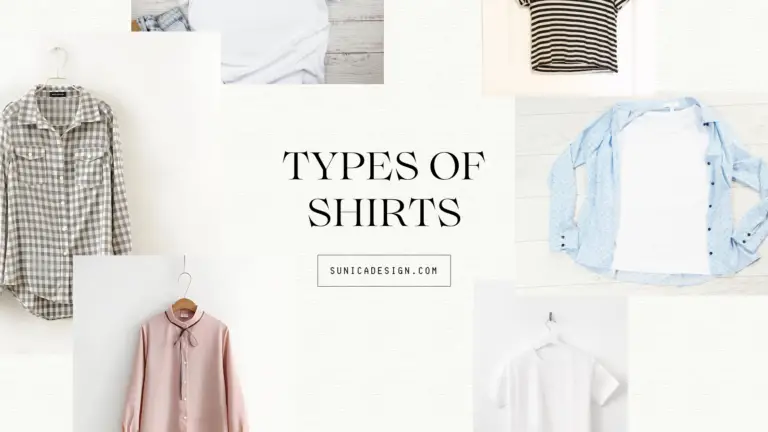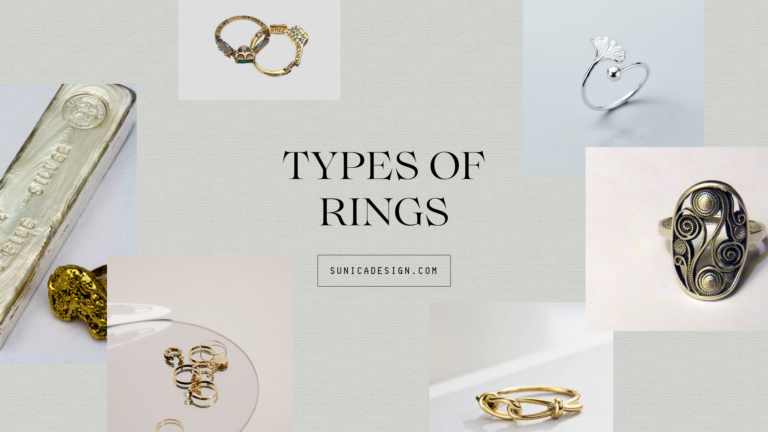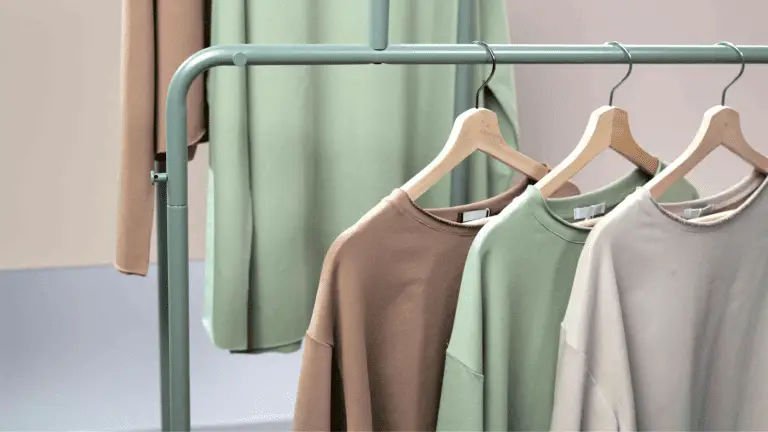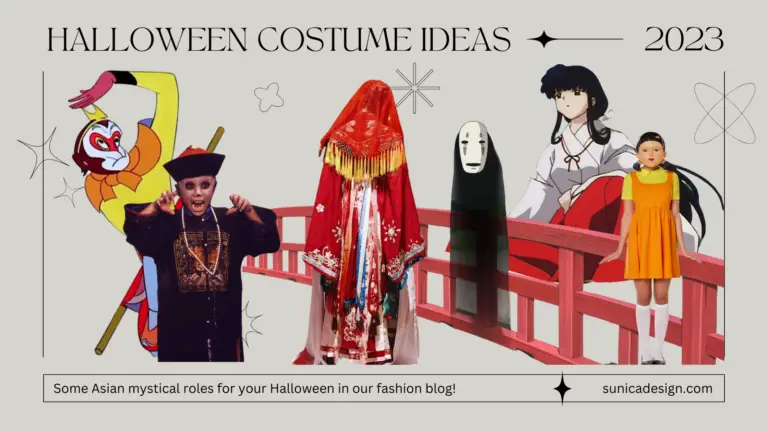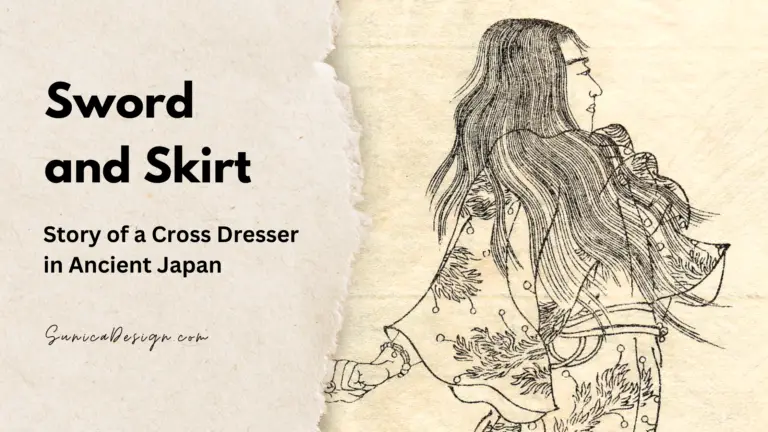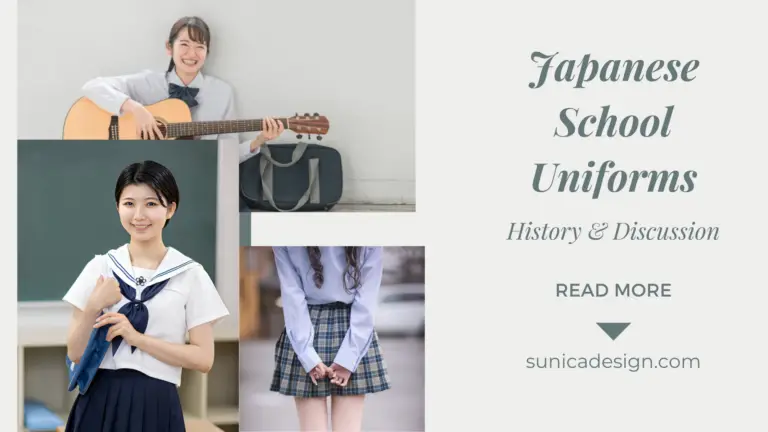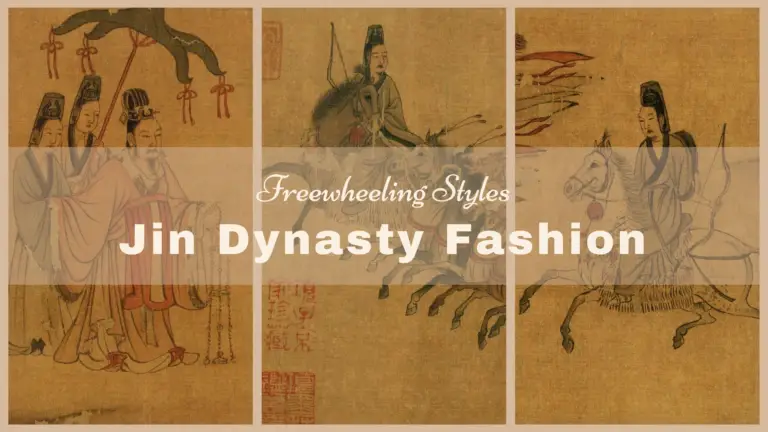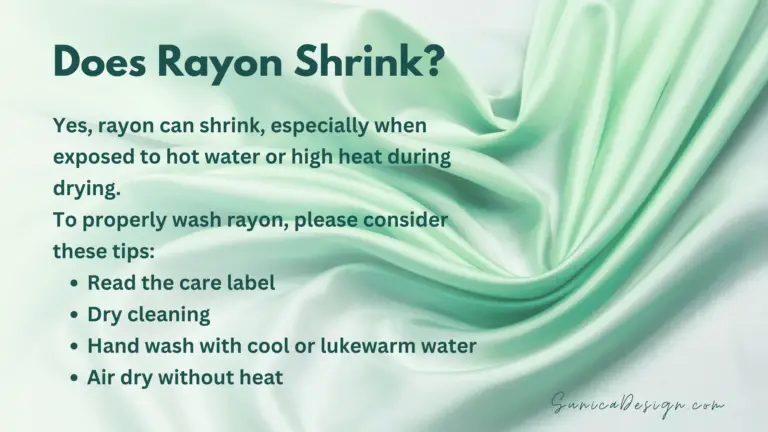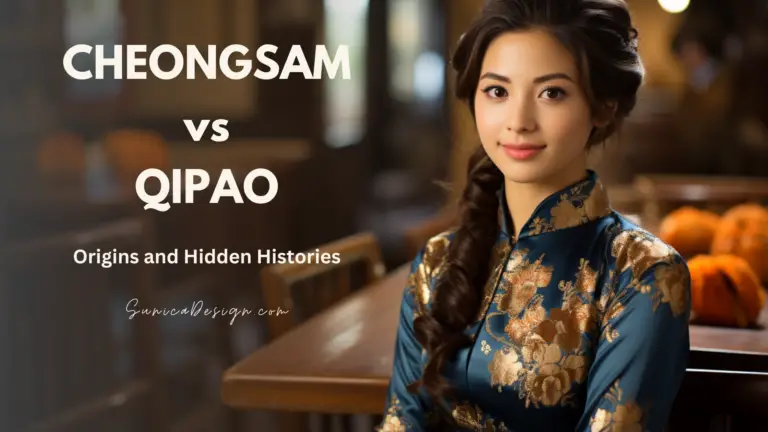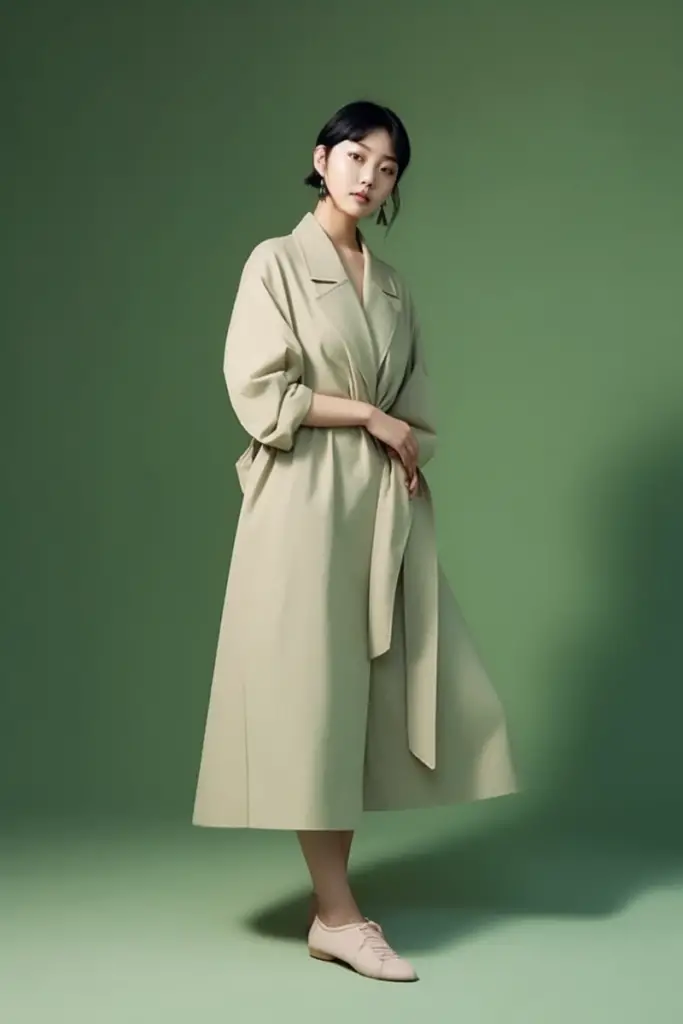Imagine walking through the bustling streets of Tokyo and spotting groups of students in crisp, tailored uniforms. You may think Japanese school uniforms are cute and well-designed. However, it was not like that at the very beginning of these clothes. Today, we’ll explore the fascinating history of Japanese uniforms, tracing their evolution from the traditional hakama to contemporary fashion statements.
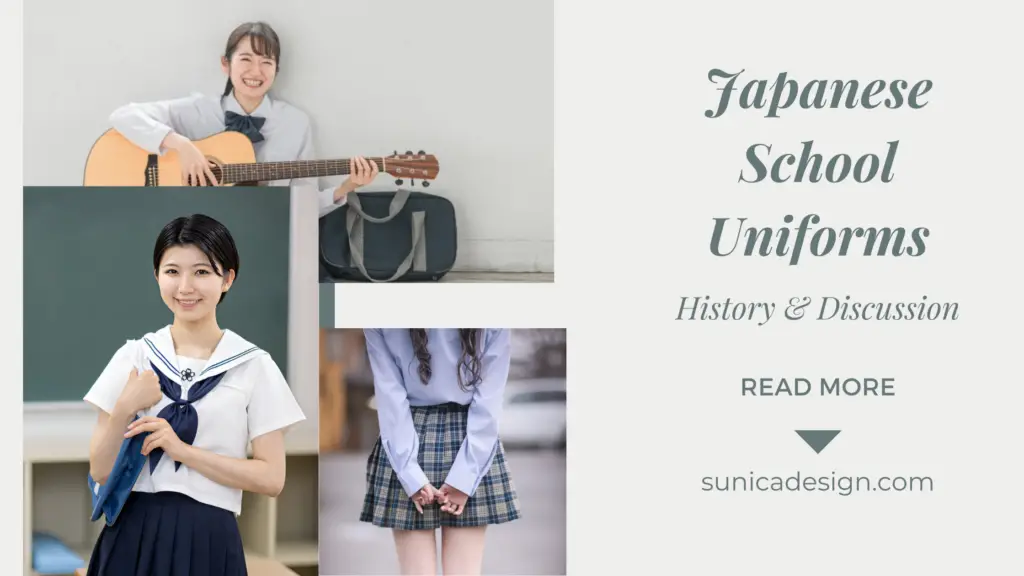
Meiji Period (1868 – 1912)
The adoption of uniforms, including those in schools, began in Japan around the time of the Meiji Restoration. It was at first a recreation of Western clothes.
During the Meiji Restoration, the official attire for military and civil officials was comprehensively converted to Western clothing. This change highlighted the functionality of Western clothes, as seen in uniforms for various professions like soldiers, engineers, postal workers, and police officers. Alongside the adoption of short haircuts, Western clothing became a representation of the new authority of “civilization and enlightenment.”
In 1879, the first uniform in Japan, Tsume-eri, was established at Gakushuin, a school for the nobility. It was a kind of Japanese uniform with tightened collars, modeled after naval officers’ uniforms. Gakushuin’s Tsume-eri uniform is considered the first in Japan because, as Sato Hideo pointed out, it was the “first case of mandatory uniforms for all students funded privately.”
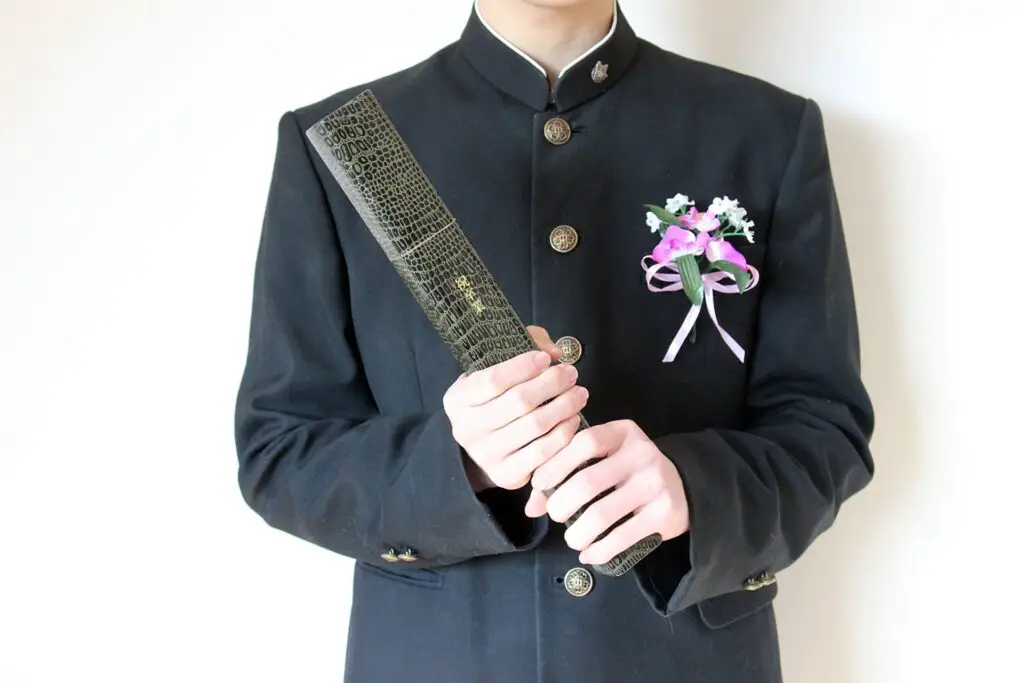
In 1885, the Kazoku Women’s School, which had separated from Gakushuin, set the first uniform guidelines. Students were to wear hakama and shoes, with other aspects like outerwear and hairstyle left to individual discretion. They didn’t issue a strict uniform but a standardization of attire. The exact date when Japanese schools for girls decided to make Western-style clothing the uniform is unclear. According to the “Sixty-Year History of Tokyo Women’s Higher Normal School,” it was September 1885. The “Fourteenth Annual Report of the Ministry of Education” notes that it was on September 25, 1886, when they decided that female students at the Higher Normal School would wear Western clothing.
Anyway, after 1886, uniforms spread to middle schools and girls’ schools nationwide.
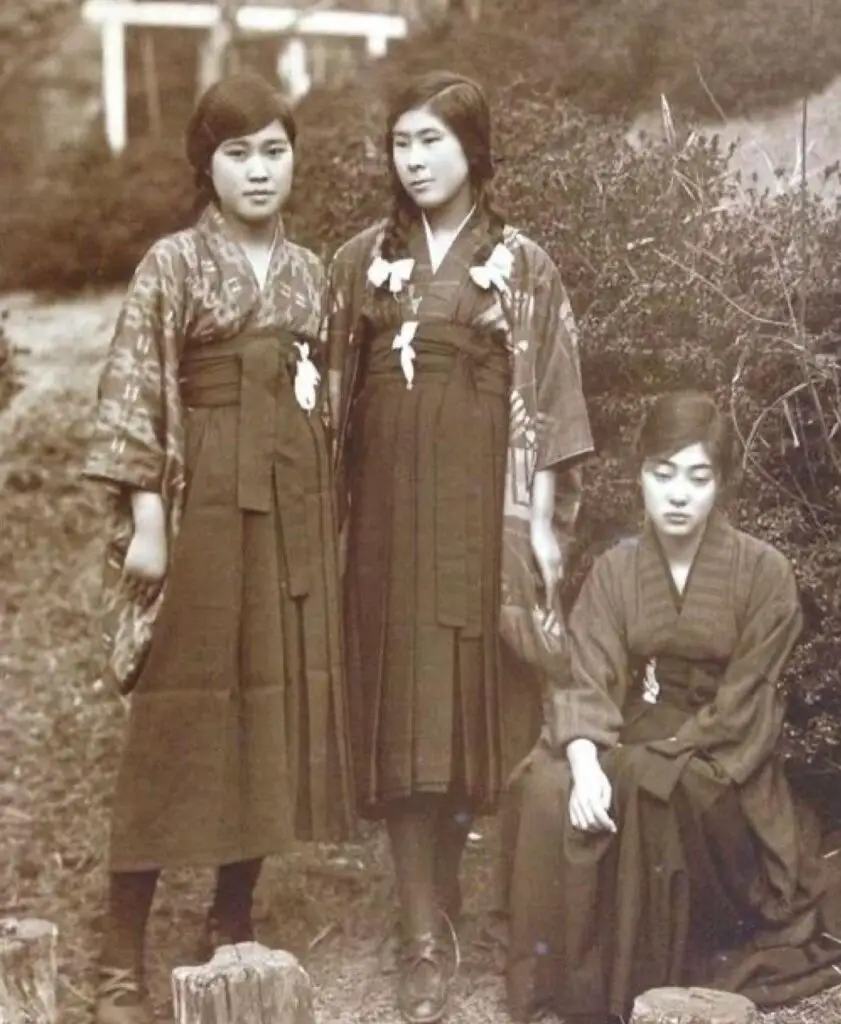
Taisho Period (1912 – 1926)
Attempts at “improved clothes” aimed at functionalizing traditional Japanese attire were made around the 1910s. The uniform consisted of a kimono-style top and short hakama (pleated skirt-like trousers). Generally, a two-piece approach was common: a kimono-style top with tubular sleeves and a short hakama for the bottom, fastened with a narrow obi belt of the same material.
These “improved clothes” were linked to the “lifestyle improvement” movement in the post-World War I recession. However, they didn’t fully gain social acceptance. They lacked the aesthetic qualities of traditional Japanese clothing and didn’t match the functionality of Western attire. They served merely as a transitional phase towards the full adoption of Western clothing.
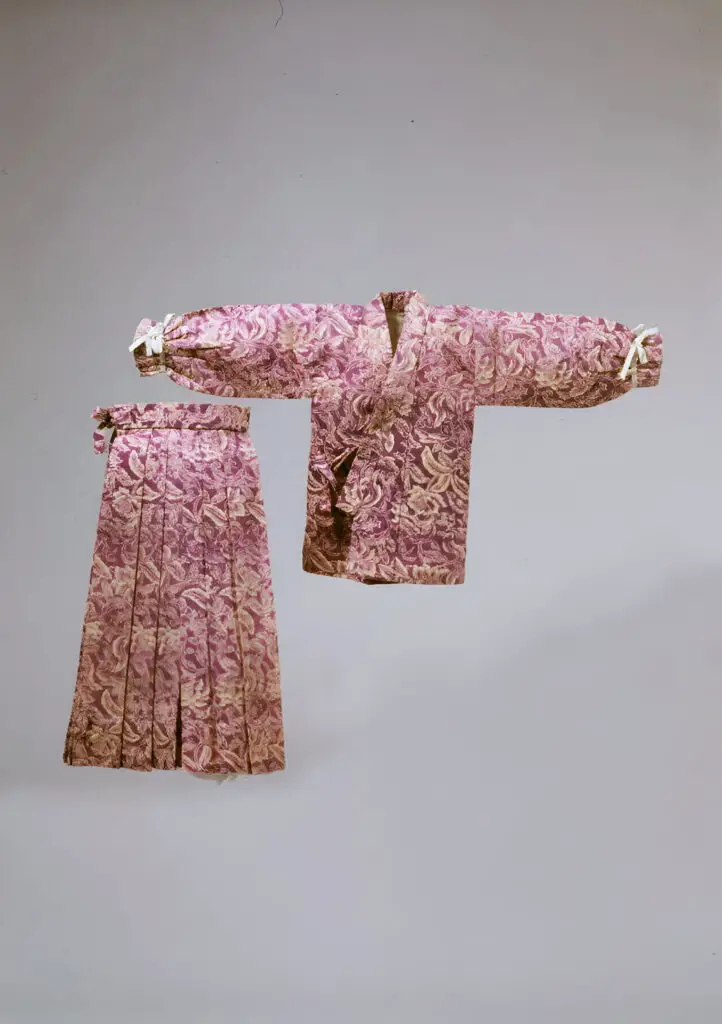
In 1920, during the Taisho era, the sailor suit was introduced at Heian High School for Girls (now Heian Jogakuin). It was a one-piece clothing that was tightened around the waist with a belt. Then, according to a survey published by Nagoya City Library, the Kinjo Gakuin Junior & Senior High School first adopted the two-piece sailor uniforms in September 1921.
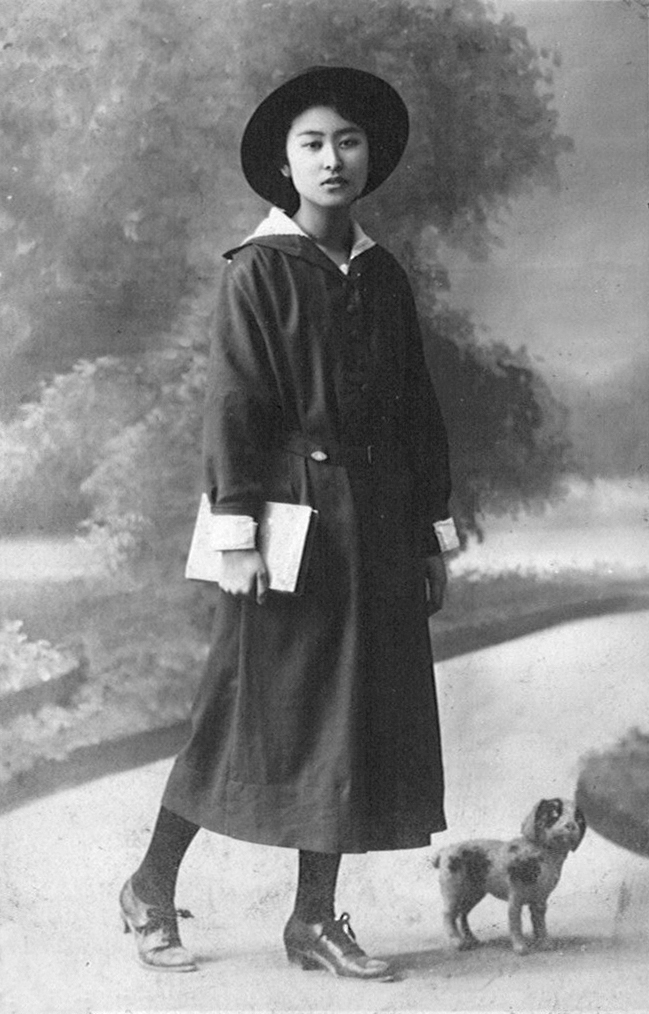
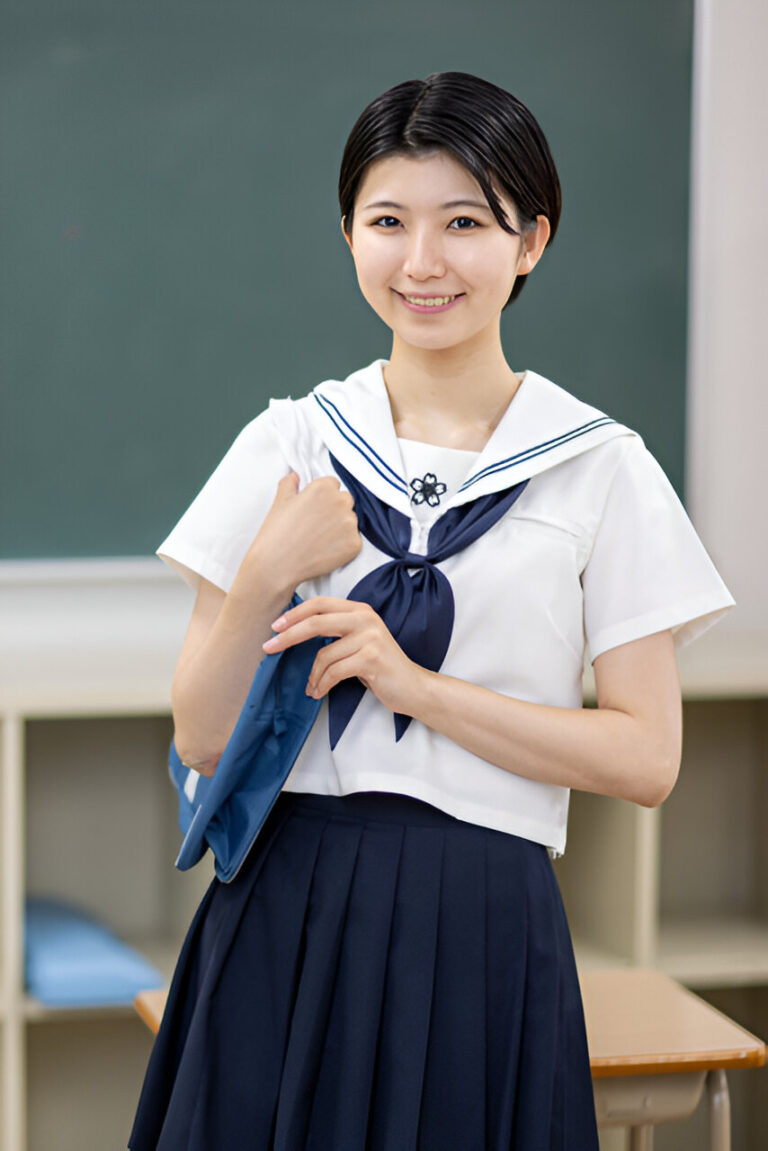
After that, the sailor-suit-style Japanese school uniforms spread all over the world under the name of “Sailor fuku” along with cosplay culture.
Shōwa Period (1926 – 1989)
By the late 1920s and 1930s, Western-style uniforms became very common in high schools and teacher-training colleges. These uniforms often combined a sailor-style top with a jumper skirt or pleated skirt.
During the 1940s, the Pacific War influenced school attire. Boys wore Kokumin-fuku, a national uniform, while girls sported Monpe, a utilitarian outfit. These uniforms served as a symbol of unity and nationalism.
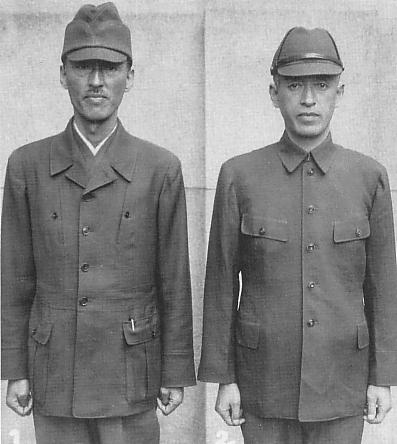
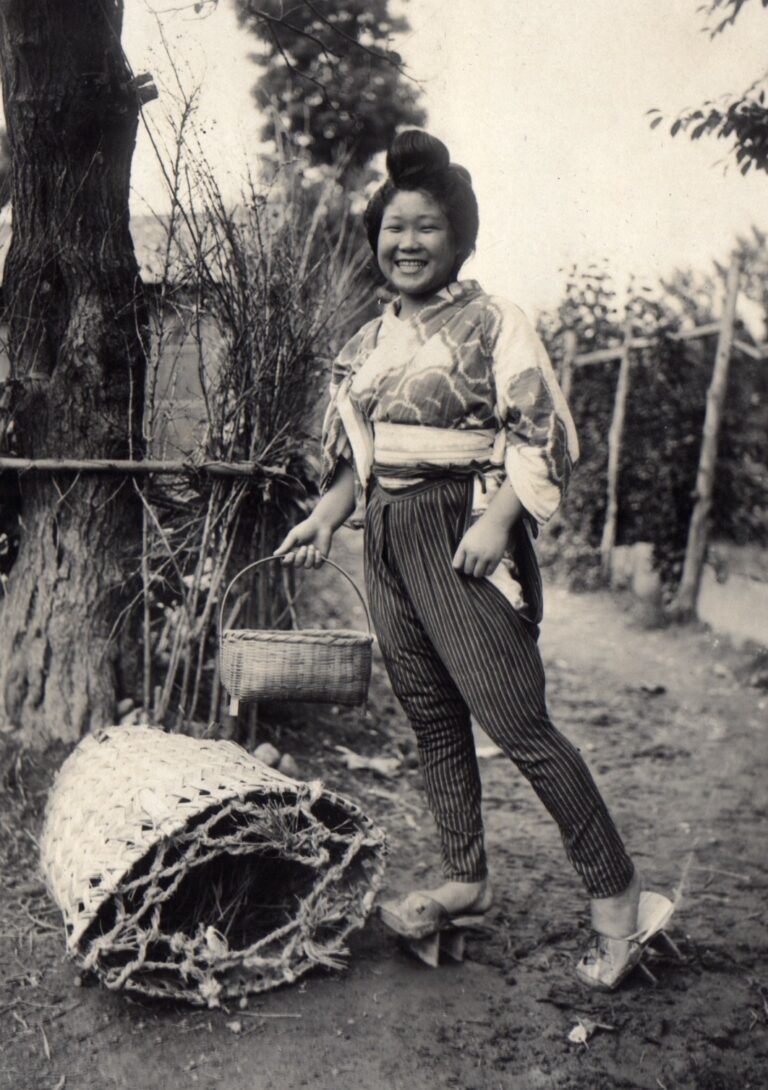
In the 1950s, Tsume-eri resurged as Japanese school uniforms for male students. The government also pushed for synthetic fiber uniforms, aiming to boost the synthetic fiber industry. However, this move faced resistance from parents and labor unions. Therefore, some Japanese schools merely recommended synthetic fiber uniforms instead of making them mandatory.
By the late 1960s, blazer uniforms made their debut, and some schools abolished uniforms. Because of the rise of the student movement, there was a temporary uniform liberalization movement.
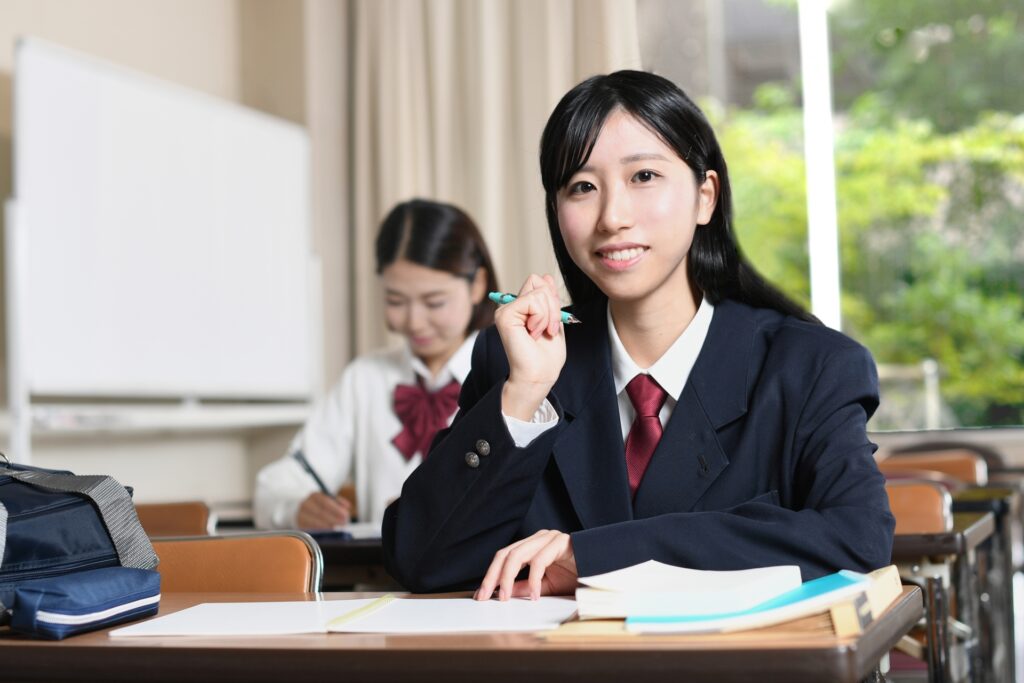
The mid-1980s brought another wave of change, particularly in private girls’ schools, where blazers paired with tartan plaid skirts became a hit. This fashion-forward approach turned uniforms into not just a school requirement but a statement piece. Uniforms also found their way into pop culture, with idol groups like “Onyanko Club” publishing their iconic song “Don’t Make Me Take Off My Sailor Fuku.” (The lyrics of this song is kind of sexual, so we would not post its video here.)
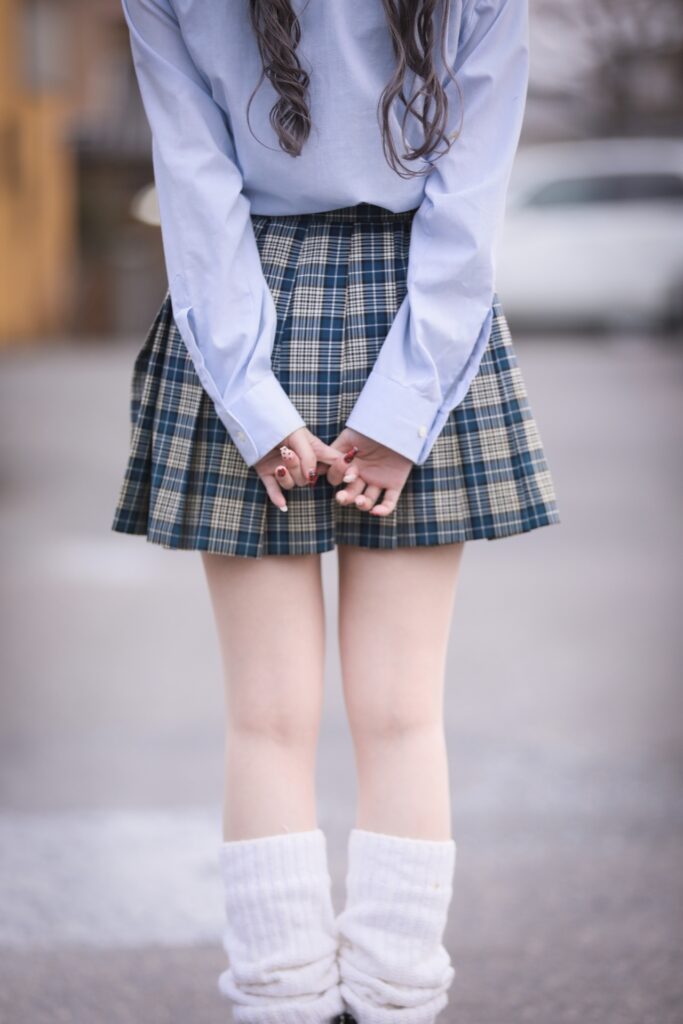
Present Days (1989 – Now)
Since the 1990s, Japanese school uniforms have undergone significant transformations, both socially and ecologically. Some shops pop up selling used uniforms, sparking societal debates. Around the same time, schools began trying to adopt uniforms made from recycled PET materials, highlighting a growing eco-consciousness.
Fast forward to the 2000s and 2010s, and you’ll see a shift towards more diverse designs. Accessories like ribbons became popular add-ons, making uniforms more versatile and stylish.
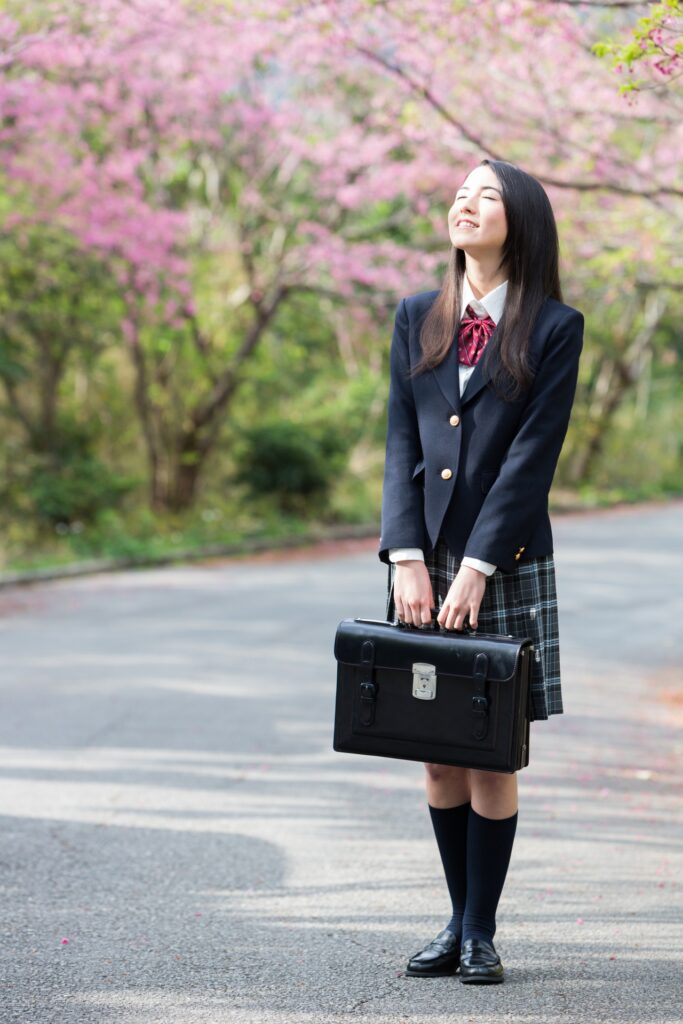
In 2018, a public school in Tokyo even stirred controversy by introducing uniforms designed by luxury brand Armani, costing around 90,000 yen each. This news sparked deliberations in the National Diet of Japan and led to increased security measures at the school.
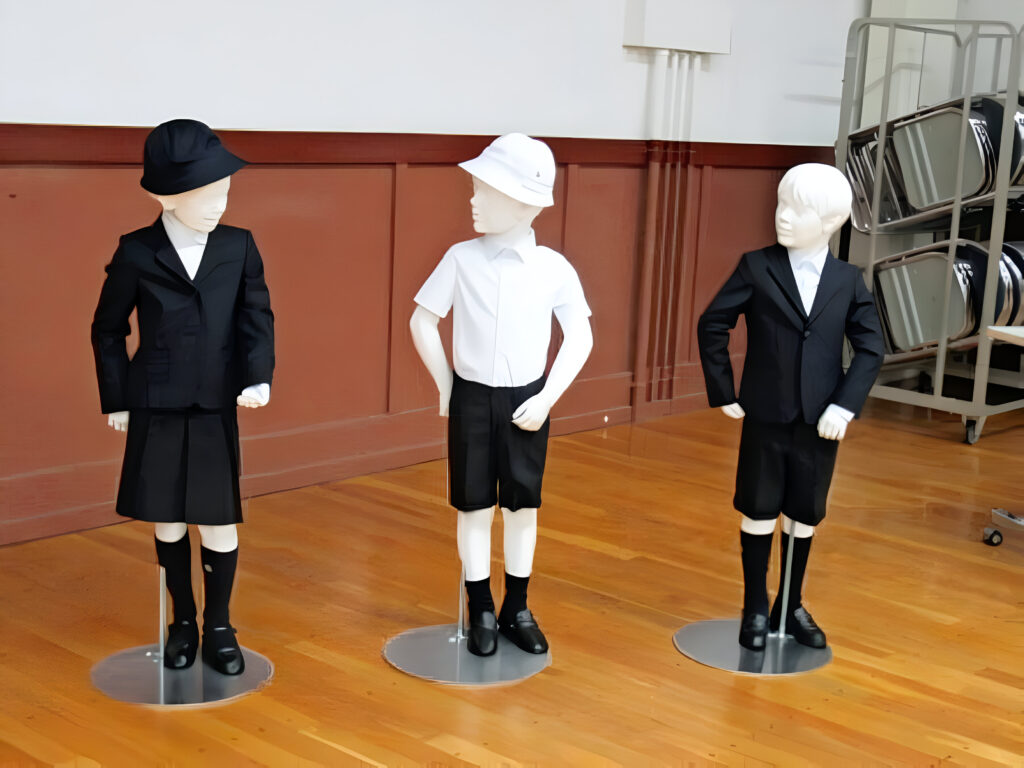
Additionally, genderless Japanese school uniforms have stepped into schools, partially thanks to the growing LGBTQ+ awareness. In February 2020, The Gifu Prefectural Board of Education requested all prefectural high schools (including prefectural secondary schools) to eliminate the distinction between men and women in public high school uniforms (including secondary schools) and clearly state that uniforms can be selected regardless of gender.
Discussions about Japanese School Uniforms
Despite the long history of improvements, Japanese school uniforms have long been debated, with supporters and critics voicing strong opinions. Here is a table of the opinions we collected about school uniforms in Japan:
Pros | Cons |
Economic Equality: Masks financial disparities among students. | Financial Burden: Uniforms, including gym clothes and indoor shoes, can cost around 60,000 yen on average. |
Sense of Community: Fosters unity and belonging. | Inflexibility: Lack of adaptability to weather conditions, leading to health issues. |
Dress Code Uniformity: Simplifies the morning routine, reducing stress. | Dress Code Issues: Some rules seem out of touch, like prohibiting tights in winter. |
Reduced Distractions: Focuses attention on learning, not attire. | Skin Irritation: Materials can exacerbate conditions like eczema. |
Safety: Easier to identify students during school events or emergencies. | Safety Risks: Makes students easily identifiable, potentially attracting unwanted attention. |
Final Words
The journey of Japanese school uniforms is far from a straight path. It’s a winding road that reflects the nation’s cultural shifts, social debates, and even economic strategies. From the Meiji era’s Western-inspired attire to today’s eco-conscious and gender-neutral options, these uniforms are a mirror reflecting societal values, challenges, and aspirations.
As we stand at the intersection of tradition and modernity, we must ask: What’s next for these iconic garments?
The uniform has the potential to become a canvas for innovation and social change. It could serve as a platform for students to engage with issues like sustainability, by incorporating recycled materials, or social justice, by challenging gender norms.
So, as you see groups of Japanese students in their uniforms, consider it a snapshot of a much larger, evolving picture. The possibilities are endless, and the future is, as they say, still up for grabs.
If you want to learn more about Japanese styles, welcome to our “Japanese Fashion” channel. Feel free to leave a comment if you have any questions or ideas~ We are always here to exchange brilliant thoughts!
Bibliography
馬場まみ. “戦後日本における学校制服の普及過程とその役割.” 日本家政学会誌 60.8 (2009): 715-722.
難波知子. “近代日本における学校制服文化の形成に関する考察: 学校制服論試論.” デザイン理論 50 (2007): 65-78.
佐藤秀夫. “学校における制服の成立史: 教育慣行の歴史的研究として.” 日本の教育史学 19 (1976): 4-24.
https://ja.wikipedia.org/wiki/日本の学校制服
https://kanko-gakuseifuku.co.jp/museum/history_uniform
https://www.hmt.u-toyama.ac.jp/socio/lab/sotsuron/14/ooma/chap2.htm



